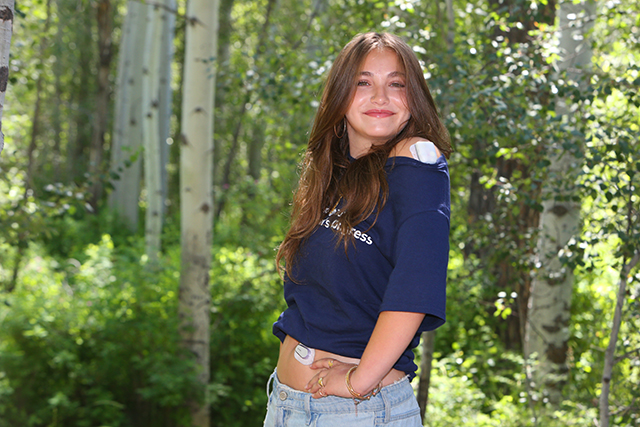Perfectly sweet orb or overly tart reject? Ripeness is relative
Published 5:00 am Tuesday, June 19, 2012
Ripeness matters. Ask any rabid tomato or strawberry lover who spends most of the year in (wise) denial waiting for that perfect ripeness. So firm is the focus on the ripe that one could be forgiven for thinking ripeness is a moment as cruelly sharp as the blade of a shiv. Here today, a goner tomorrow.
Yet ripeness can be a much more relative concept than one might expect.
Trending
“Really, ripeness is a personal thing,” says Tovah Martin, a horticulturist and writer based in Roxbury, Conn. “For example, I eat gooseberries when they’re overripe. I’ve tried them the other way and, eh, nothing. But let them get slightly overripe, and to me they’re delicious. That’s the beauty of being a gardener. You can experiment and define ripeness for yourself.”
“Webster’s New World College Dictionary” defines ripe as: “fully grown or developed … ready to be harvested and used for food, as grain or fruit.”
Harold McGee, in his landmark book, “On Food and Cooking: The Science and Lore of the Kitchen,” wrote that ripening was “long considered to be an early stage in the fruit’s general disintegration. But now it’s clear that ripening is a last, intense phase of life. As it ripens, the fruit actively prepares itself for its end, organizing itself into a feast for our eye and palate.”
Ripeness has, of course, always mattered, but today’s emphasis on local and seasonal foods may be honing and articulating an appetite for it as an ideal.
You can experience ripeness in two ways this season with two new books, both called “Ripe”: Nigel Slater a London-based food writer, has followed up on his vegetable book, “Tender,” with a recipe-filled musing on fruit called “Ripe: A Cook in the Orchard” (Ten Speed, $40) and Cheryl Sternman Rule has written a rainbow-hued book “Ripe: A Fresh, Colorful Approach to Fruits and Vegetables” (Running Press, $25).
Still, determining when to join in on McGee’s proverbial ripeness feast has long been dictated by necessity and personal taste. Slater, for example, writes lyrically of “walking round the garden late on an autumn morning, pushing past the spiders’ webs that festoon the pathways and plucking those last, wine-colored berries from their blackened canes is as good as life gets.”
Trending
Gardeners like Martin and Slater have a far easier time deciding when something is ripe for them. The rest of us must follow the dictates of supermarkets and, if we’re lucky, farmers markets or roadside stands. Use your senses to judge quality and ripeness. Touch, smell, nibble if you can; don’t go by looks alone.
“Just because it looks perfect doesn’t mean it will taste perfect,” Rule says, urging consumers to ask questions, especially at farmers markets.
“Speak up, ask them to pick for you,” she suggests. “Being bold and unafraid is my biggest piece of advice at farmers markets. And that goes for the produce manager at the supermarket as well.”








